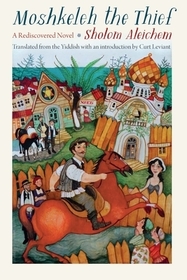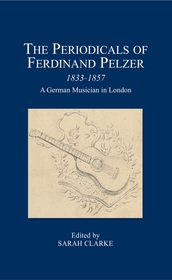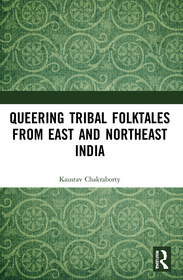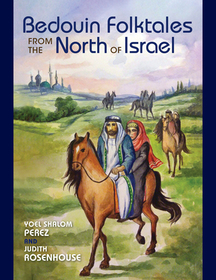
Children of the Albatross
- Publisher's listprice GBP 10.99
-
5 250 Ft (5 000 Ft + 5% VAT)
The price is estimated because at the time of ordering we do not know what conversion rates will apply to HUF / product currency when the book arrives. In case HUF is weaker, the price increases slightly, in case HUF is stronger, the price goes lower slightly.
- Discount 20% (cc. 1 050 Ft off)
- Discounted price 4 200 Ft (4 000 Ft + 5% VAT)
Subcribe now and take benefit of a favourable price.
Subscribe
5 250 Ft

Availability
Estimated delivery time: In stock at the publisher, but not at Prospero's office. Delivery time approx. 3-5 weeks.
Not in stock at Prospero.
Why don't you give exact delivery time?
Delivery time is estimated on our previous experiences. We give estimations only, because we order from outside Hungary, and the delivery time mainly depends on how quickly the publisher supplies the book. Faster or slower deliveries both happen, but we do our best to supply as quickly as possible.
Product details:
- Edition number 1
- Publisher Ohio University Press
- Date of Publication 23 May 2023
- Number of Volumes Print PDF
- ISBN 9780804012447
- Binding Paperback
- No. of pages136 pages
- Size 222x133 mm
- Weight 164 g
- Language English 464
Categories
Long description:
"
The second novel in Anaïs Nin's Cities of the Interior series, Children of the Albatross is divided into two sections: ""The Sealed Room"" focuses on the dancer Djuna and a set of characters, chiefly male, who surround her; ""The Café"" brings together a cast of characters already familiar to Nin's readers, but it is their meeting place that is the focal point of the story.
As always, in Children of the Albatross, Nin's writing is inseparable from her life. From Djuna's story, told in ""The Sealed Room"" through hints and allusions, hazy in their details and chronology, the most important event to emerge is her father's desertion (as Nin's father did) when she was sixteen. By rejecting realistic writing for the experience and intuitions she drew from her diary, Nin was able to forge a novelistic style emphasizing free association, spontaneity, and improvisation, a technique that finds its parallel in the jazz music performed at the café where Nin's characters meet.













